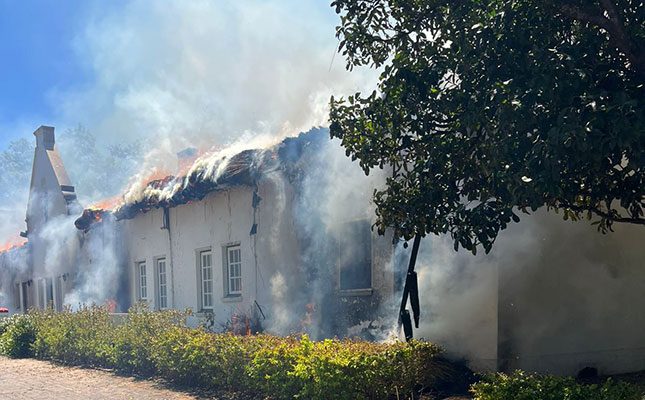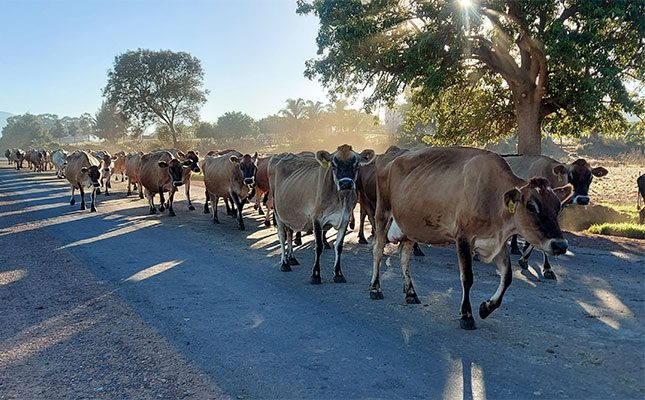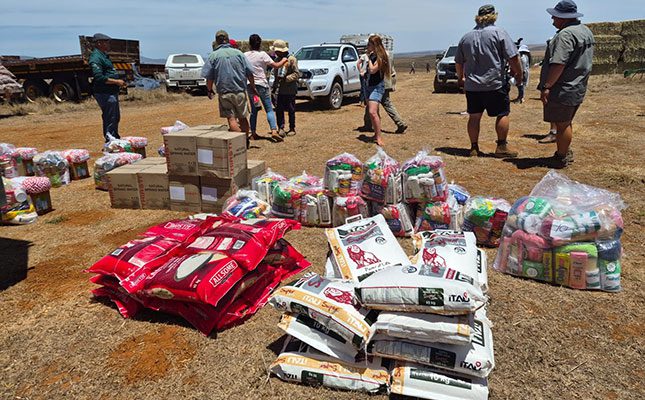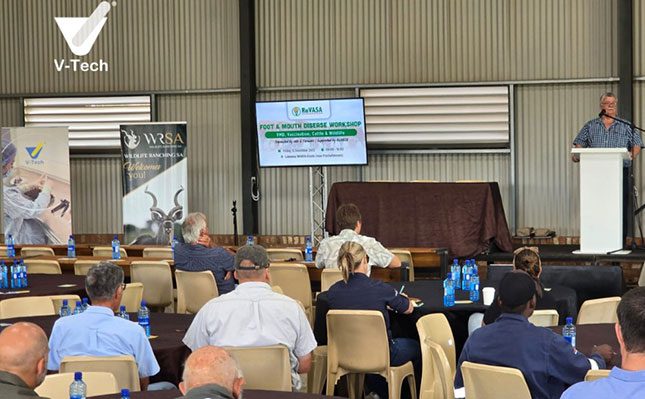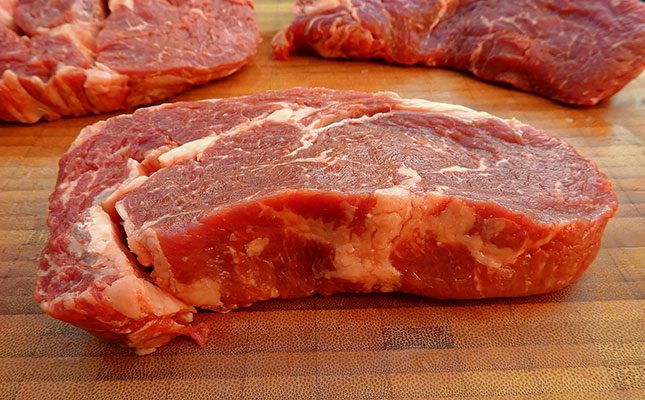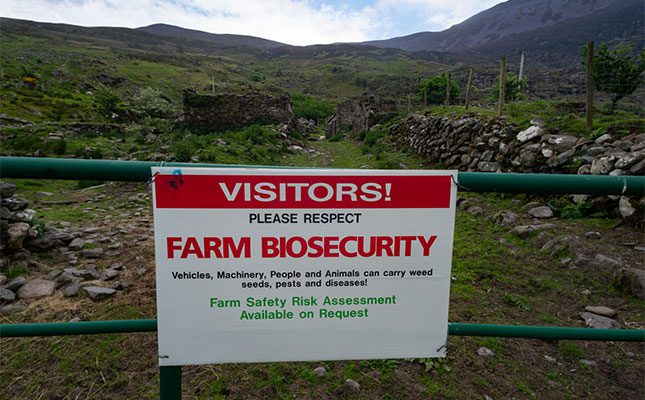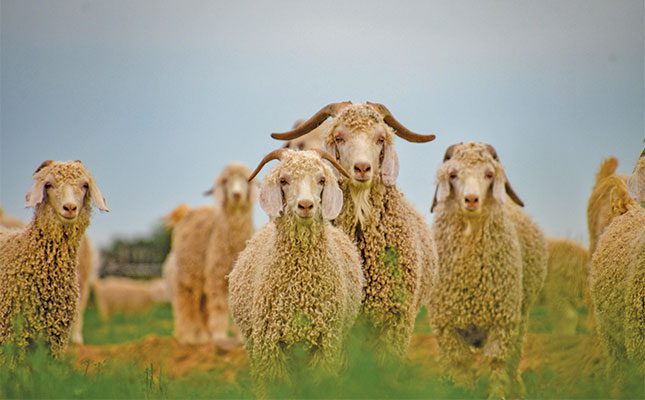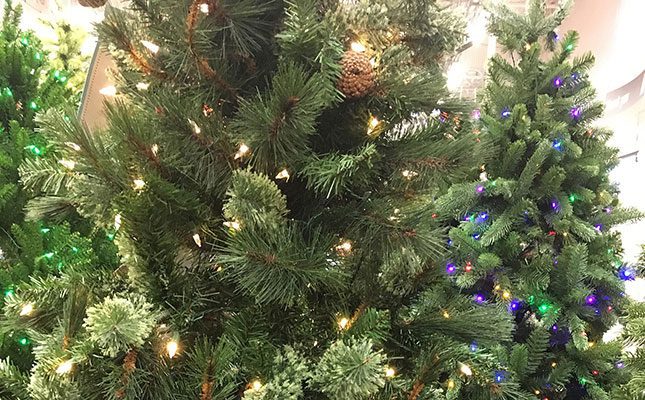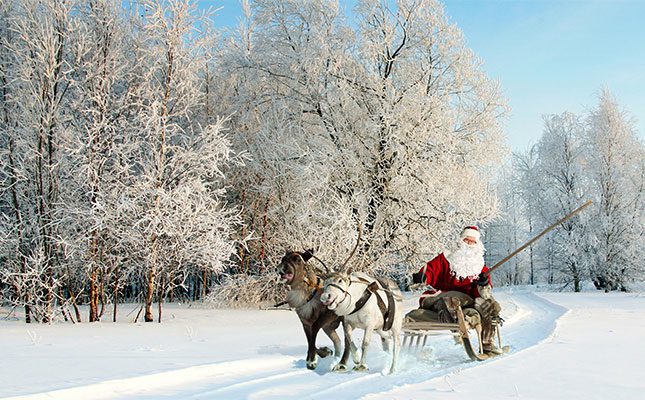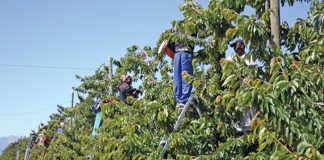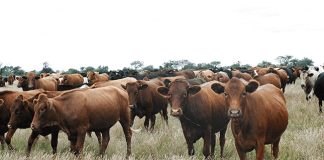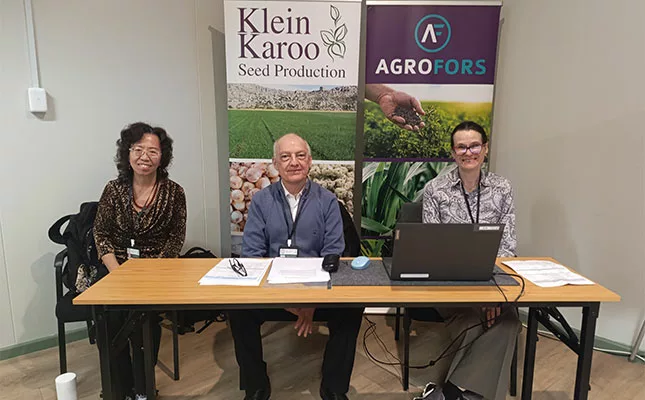
Photo: Glenneis Kriel
Hosted by Klein Karoo Seed Production in Oudtshoorn, Western Cape, the International Seed Testing Association (ISTA) seed purity testing workshop was oversubscribed. Half of the 28 participants were from South Africa and the rest from Ethiopia, Tanzania, Zimbabwe, Kenya, Malawi, and Zambia.
Speaking to Farmer’s Weekly, Dr Ruojing Wang, ISTA executive committee member at large and head of the Saskatoon Laboratory at the Centre for Seed Science and Technology in Canada, said the organisers initially planned for 25 analysts – the maximum the lab could accommodate with available microscopes – but three extra participants were squeezed in due to high demand.
Standardising practices and building networks
The workshop aims to standardise seed purity testing practices, ensuring analysts follow consistent methods and deliver reliable results so farmers can trust the quality of the seed they buy.
It also provides participants with practical tools and fosters networks, allowing them to exchange ideas and learn from one another about different testing methodologies and seed identification.
“Seed testing involves germination and purity analysis. An analyst must identify every seed in a sample by sight alone – something many botanists consider impossible without examining the whole plant.
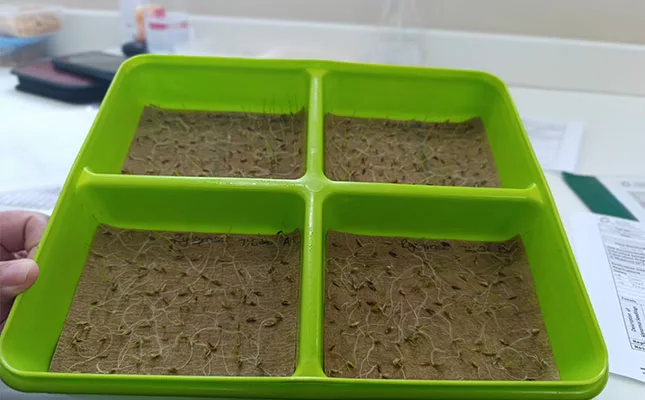
“Analysts therefore need a strong knowledge base, access to a comprehensive seed library, and may even consult peers in other countries when encountering unfamiliar seeds or anomalies,” Wang explained.
She also stressed the critical importance of accurate seed sampling: “No matter how precise your testing methods are, it won’t matter if you don’t take a representative sample of the seed that needs to be analysed.”
Risks of untested seed
Despite its importance, seed testing was often taken for granted, Wang said.
“Untested seed might not be true to type, have poor germination, or be contaminated with weeds or other seeds. Discovering this only after planting is too late and can result in massive losses for farmers.”
Additionally, the industry struggled to attract and retain talent: “Becoming a seed analyst requires extensive on-the-job training in a laboratory, alongside external examinations, during which analysts specialise in seed quality testing, germination analysis, or both,” she explained.
In Canada, for instance, analysts must work in a laboratory for at least three years before they are able to take the external exams to be accredited to do seed purity or germination analysis. They also often leave the profession after a few years because pay is better in other fields. Wang estimated that Canada had fewer than 100 qualified seed analysts.
Augusto Martinelli, ISTA purity committee member from Rayen Seed Testing Laboratory in Argentina, highlighted a similar challenge: “Our laboratory invests a lot of time and money into developing strong analysts, only to lose them to other companies once they are qualified.”
Claudia Falch, manager of Klein Karoo Seed Production’s Seed Quality Services Laboratory, estimated that South Africa had about 60 seed analysts.
“The greatest challenge is that people need practical experience in a lab to qualify for [the] Department of Agriculture exams. Training is expensive, and labs usually can only take one person at a time,” she said.
Klein Karoo Seed Production
The Seed Quality Services Laboratory was established in 1993 to verify the quality and purity of seed from producers supplying Klein Karoo Seed Production. The laboratory gained ISTA accreditation in 2020 and has since expanded its services, now mostly serving third-party companies.
Klein Karoo Seed Production also promotes awareness of diverse agricultural careers, including seed analysis, by inviting a couple of schools to its facility every year.
“We want people to know that there is more to the [agriculture] sector than just being a farmer or farmworker,” Falch said.
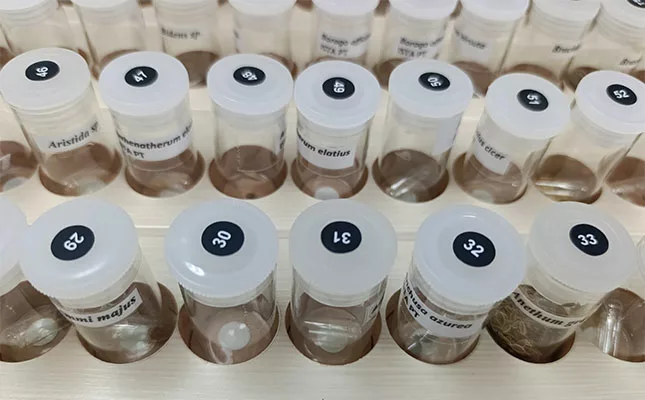
Discussions with various role players at the workshop indicated the need for governments to play a bigger role in verifying seed testing laboratories and ensuring robust seed testing services to protect the industry against low-quality seed.
Wang highlighted the US as a strong model for strengthening the global seed industry globally: “Each laboratory is linked to a university, connecting research and exposing students to the field.”
She added that as the global demand for high-quality seed grew, so did the need for skilled analysts: “Workshops like this are vital not only for standardising testing practices but also for ensuring the next generation of seed specialists is equipped to safeguard the quality of seed farmers rely on.”

